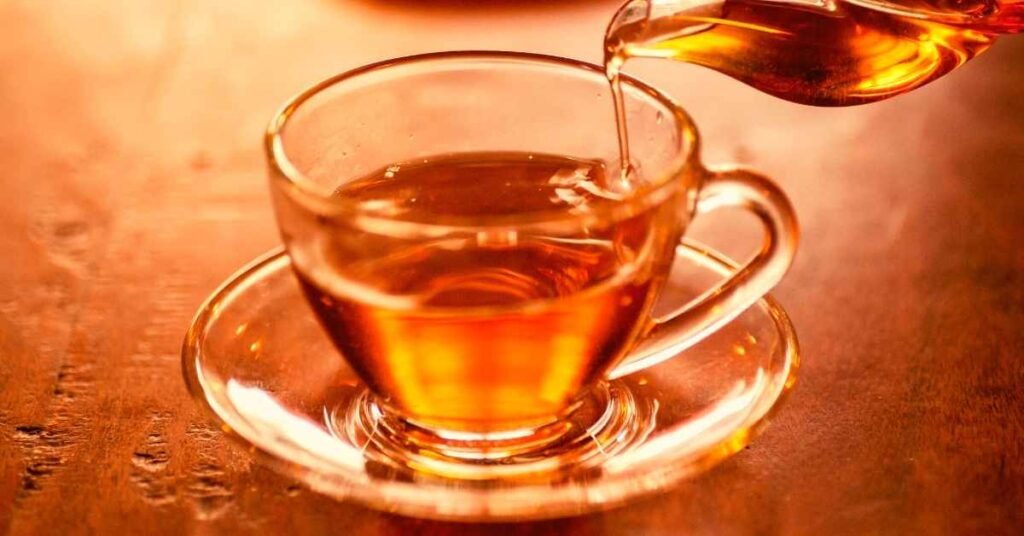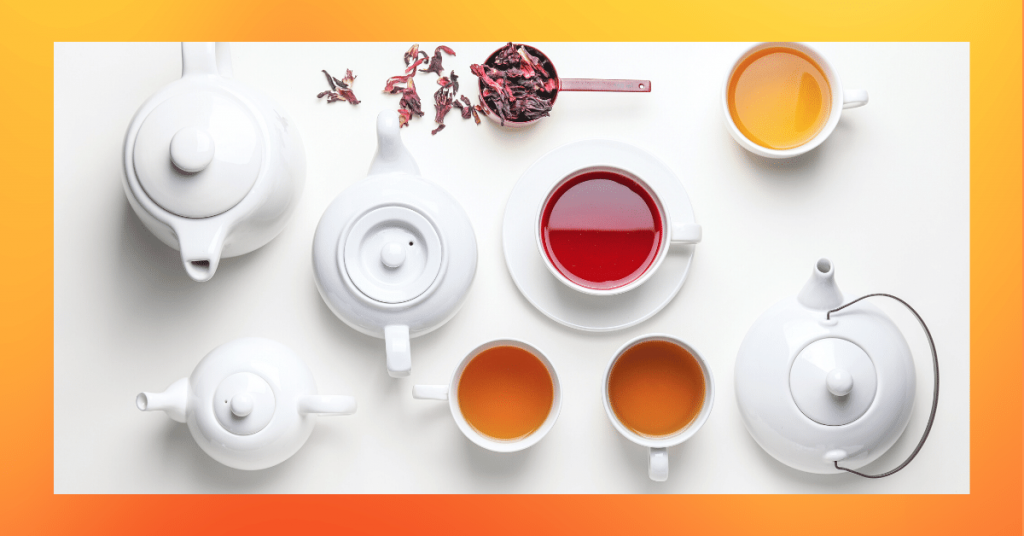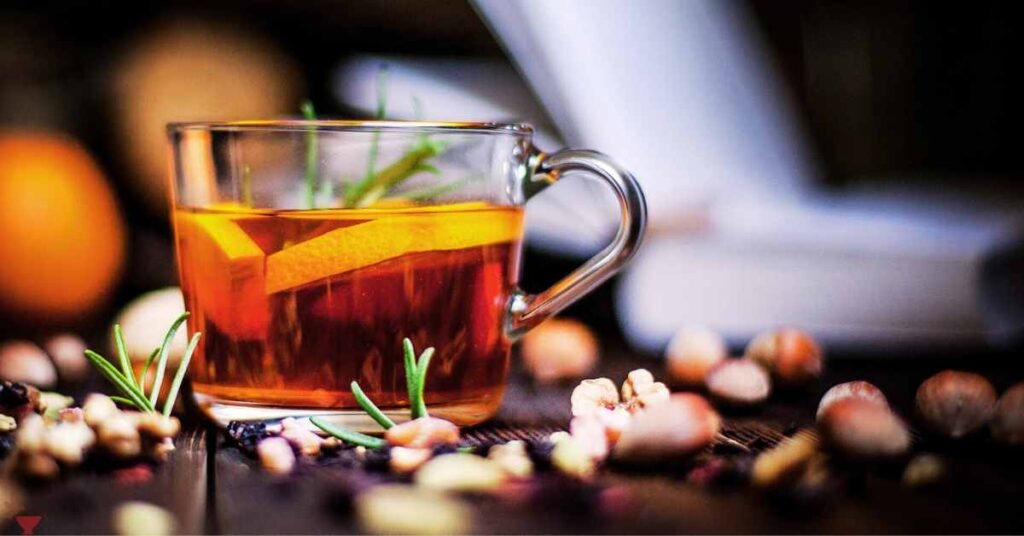In the lush hills of the Indian state of West Bengal lies the picturesque town of Darjeeling, renowned not only for its breathtaking landscapes but also for producing one of the world’s most exquisite teas—the Darjeeling tea.
Often referred to as the “Champagne of Teas,” Darjeeling tea has earned this prestigious title due to its unique characteristics, unparalleled flavor profile, and a tradition deeply rooted in the region’s rich history.
In this article, we delve into the factors that contribute to Darjeeling’s deserving reputation as the Champagne of Teas.
Geography and Terroir
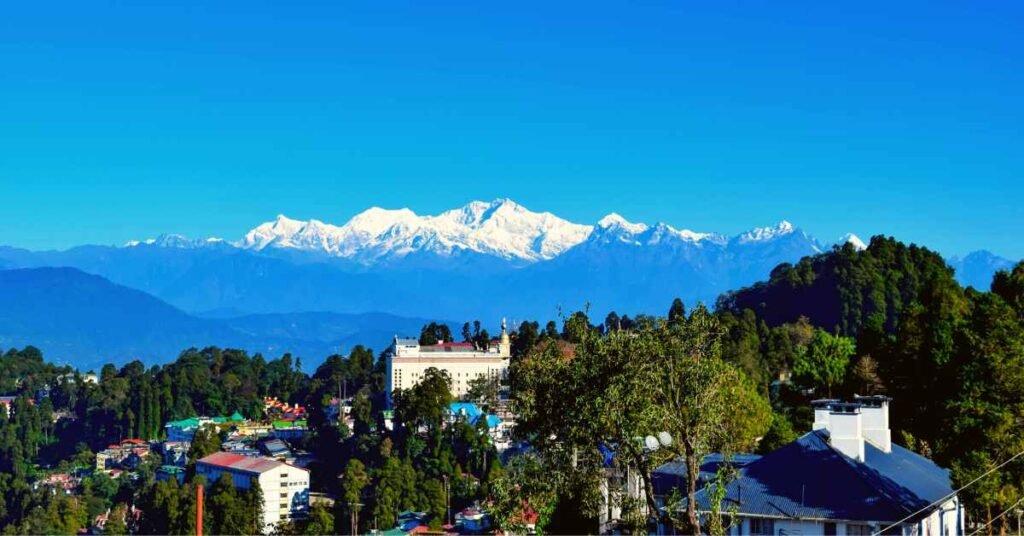
The term “Champagne of Teas” draws a parallel between Darjeeling tea and the prestigious sparkling wine from the Champagne region of France.
Just as the terroir of the Champagne region imparts distinctive qualities to its grapes, the geographical and climatic conditions of Darjeeling play a crucial role in shaping the flavor profile of its tea.
Nestled in the foothills of the Himalayas, Darjeeling’s unique geography combines elevations ranging from 2,000 to 6,000 feet, a perfect blend of rainfall, and a temperate climate.
These factors contribute to the slow growth of the tea bushes, promoting the development of delicate and nuanced flavors in the leaves.
Varieties of Darjeeling Tea
Darjeeling tea is primarily made from the Camellia sinensis plant, and its unique character is further enhanced by the specific tea cultivars grown in the region.
The most prized varieties include China, Assam, and Clonal teas.
The China variety imparts muscatel notes, while the Assam variety contributes to the robustness.
Clonal teas, developed through selective breeding, offer a distinctive taste that combines the best attributes of both.
The First Flush Phenomenon
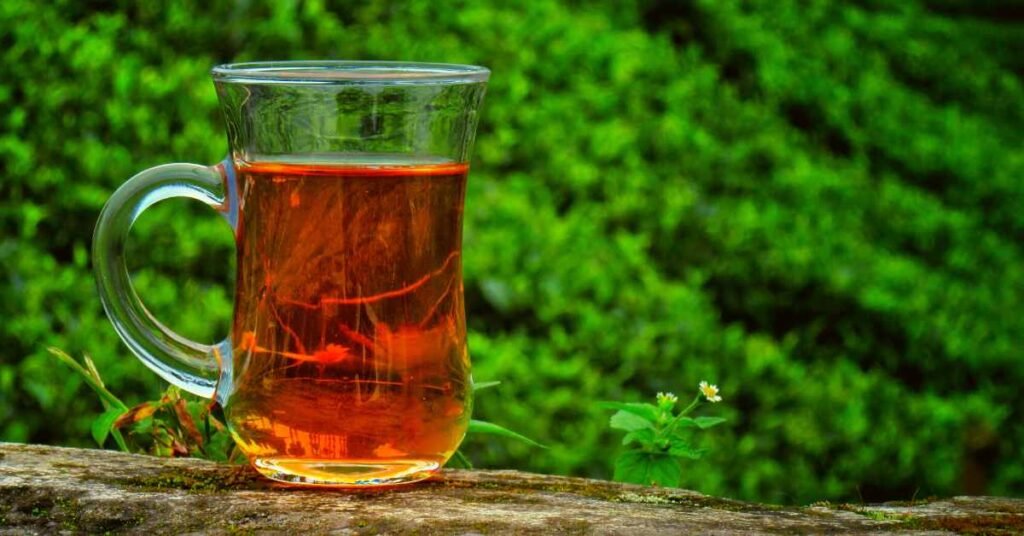
One of the defining features of Darjeeling tea is the concept of “flushes,” referring to the plucking seasons.
The first flush, harvested in spring (March to May), is particularly esteemed.
Often described as the “champagne season,” the first flush yields tea leaves that are tender, light, and aromatic.
The distinct floral and fruity notes, combined with a briskness reminiscent of a fine champagne, make the first flush Darjeeling tea highly sought after by connoisseurs worldwide.
Handcrafting Excellence
Another factor that elevates Darjeeling tea to the status of the Champagne of Teas is the meticulous handcrafting process employed in its production.
Unlike mass-produced teas, Darjeeling tea is often hand-plucked and hand-processed to ensure the utmost care in preserving the delicate flavors.
Tea estates in Darjeeling adhere to traditional methods, with skilled workers carefully selecting the finest leaves, allowing only the top two leaves and a bud to be plucked.
The leaves then undergo a meticulous process of withering, rolling, oxidation, and firing, all performed with precision to retain the tea’s natural aromas and flavors.
Global Recognition and Certification

Darjeeling tea’s reputation extends beyond the borders of India, with its name protected by the Geographical Indication (GI) status.
This recognition ensures that only tea produced in the Darjeeling region can be labeled as such.
Much like the stringent regulations governing the use of the term “Champagne” for sparkling wines from the Champagne region, the GI status adds an extra layer of authenticity to Darjeeling tea.
Cultural Significance
Beyond its exceptional taste and distinct characteristics, Darjeeling tea holds cultural significance in the region.
The tea gardens, some of which date back to the mid-19th century, are integral to the social and economic fabric of Darjeeling.
The unique blend of British colonial influence and Indian traditions has shaped a tea culture that is both distinctive and rich.
Final Word
In conclusion, Darjeeling tea rightfully earns its title as the Champagne of Teas through a combination of geographical factors, unique terroir, diverse tea varieties, and a meticulous handcrafting process.
The first flush phenomenon, with its delicate and aromatic leaves, further cements the tea’s place among the finest in the world.
The global recognition and certification, coupled with the cultural significance embedded in the region’s history, contribute to the prestige and allure of Darjeeling tea.
So, the next time you savor a cup of Darjeeling tea, remember that you are indulging in the epitome of tea craftsmanship, a true embodiment of the Champagne of Teas.
MEDICAL DISCLAIMER
Itsnevernotteatime.com cannot and does not contain medical/health advice. The medical/health information is provided for general and educational purposes only and is not a substitute for professional advice.
